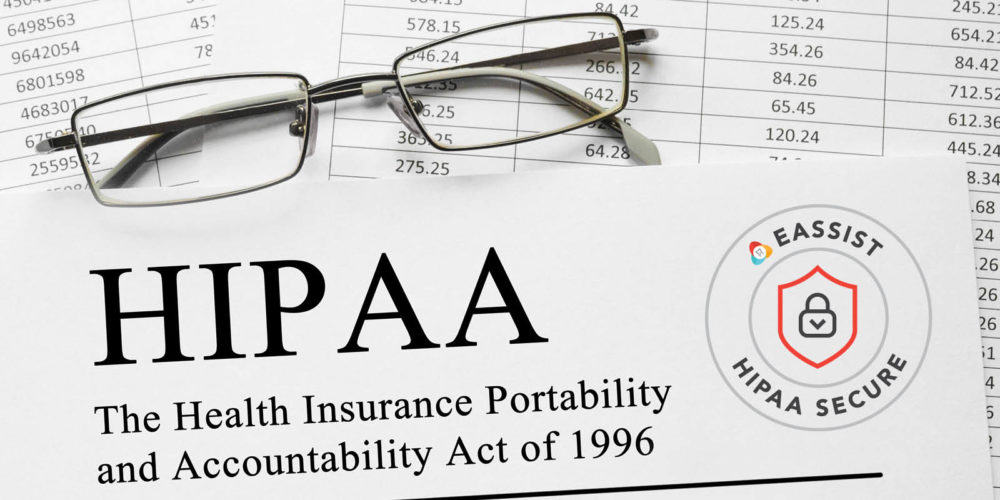Clinical chart notes and Insurance narratives
Patients’ clinical notes are a legal document. Dental clinical staff therefore have a responsibility to accurately chart all present teeth and past treatment, all treatment options discussed and treatment rendered. Also updating medical history, keeping correspondence with specialists, retain consent forms and accurate progress notes.
Notes should always be recorded during and directly after the patient’s visit to maintain accuracy.
Example of clinical note: –Pt presents broken tooth from biting down on nut shell, pain to cold–UL #14 fractured buccal/lingual cusp, and 50% of tooth left so advised patient that a full crown is the best option. Explained differences between gold and porcelain bonded crown, advised patient that PFM was the most aesthetic option, but gold is slightly stronger and helps periodontal condition. Patient concerned about crown blending in with existing dental work, concerned about metal becoming visible due to gingival recession(past experience). Discussed option of Lava crown (metal free), patient shown photographs of Lava crowns, patient wishes to proceed with Lava crown. Prognosis: excellent, Pt. given verbal and written estimates and consent form to sign.
DOS___Limited eval, 1 PA taken of UL14 , PA shows bone to be stable no pathology.
Who’s Accountable for creating clinical chart notes?
Although the dental assistant should record as much accurate information as possible, the dentist is responsible for the content and must check that the notes are satisfactory and make any necessary additions or amendments.
Dental assistants(or front office) can then select CDT codes that reflect what was done that date to be entered on the patient’s ledger to create a dental claim.
Example of Narrative for Crown #14 D2740 Porcelain/Ceramic Substrate (Lava)
Narrative: #14 had existing old(15 years) MODL composite restoration fail with fracture of Distal/Ling cusp. Decay undermining remaining restoration. 50% tooth remaining/50% lost. #14 cold sensitive. Bone healthy/no periodontal issue/ Full crown best to restore bite/ function.
To fit on the insurance form it would look like this:
#14 (15 yrs) MODL comp fail / fx D/L cusp Dec undermg 50% rem #14 cold sens. Bne /no perio / Crn best
Checklist for narrative:
- EXISTING RESTORATION :Size: LARGE/SMALL, Restorative Material: composite, amalgam, gold____
- SURFACE/SURFACES-modb, mif, or_____
- CONDITION—fractured DB cusp, leaking M margin, hole in occlusal of crown, prior endo (and when endo was final), decay undermining
- AGE OF RESTORATION OR DATE OF INITIAL PLACEMENT (this is also answered in box on claim)
- AMOUNT OF REMAINING TOOTH STRUCTURE—1/3 natural tooth or____
- AMOUNT OF LOST TOOTH STRUCTURE—2/3 natural tooth lost or_____
- PATHOLOGY/SYMPTOMS– PAIN—HOT/COLD/BITING/AIR/NIGHT/DAY –DECAY-NEW OR RECURRENT—LOCATION OF DECAY—md, bl, _____
- OBSERVATIONS NOT VISIBLE IN THE X-RAY. TAKE INTRAORAL PHOTOS-if possible-or draw a picture CHART LOCATIONS OF FRACTURES, CRACKS AND HOW EXTENSIVE THEY ARE
- NOTE CRACKED TOOTH SYNDROME, SEVERE CRAZE LINES ON ANTERIOR TEETH, WASHED OUT EXISTING COMPOSITE RESTORATIONS
- CHART PERIODONTAL FINDINGS :. ADEQUATE BONE SUPPORT FOR CROWN / BRIDGE
- ABSENCE OF PERIAPICAL or PERIODONTAL PATHOLOGY IN X-RAY
- BRUXISM CAUSING BREAKDOWN OF PERIODONTAL SYSTEM







Kathy Peterson
Love this!!!! Great job done.